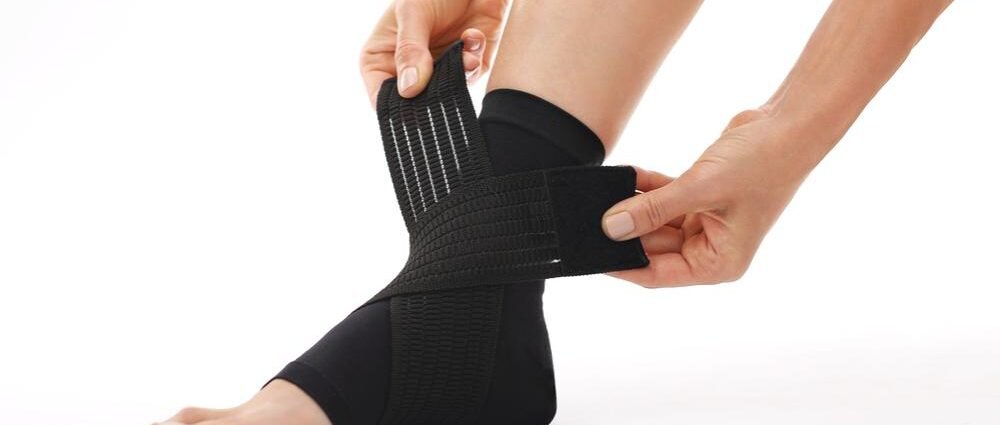Did you know there are stress fractures? It’s a type of break that takes place in the bone and appears when our body receives constant and incessant force. Due to the excess use of the bone or joint, the area becomes stressed and eventually develops a small crack that can cause significant discomfort.
These fractures usually appear in areas of daily use, such as the foot or bones of the legs, because they are parts of the body that receive pressure from our entire body. In this article, we will discover the symptoms of stress fractures and the most appropriate treatment.
The most common symptoms of stress fractures
As we have already indicated, a stress fracture appears when we use certain parts of the body constantly. This makes it a very common type of injury among athletes, and the areas in which it usually appears are the heel, calf or foot bones.
If you want to know if you’re suffering from this injury, you should know the most common symptoms of a stress fracture. They are the following:
– Pain in the injured area.
– Feeling a severe pain inside the foot or toes.
– Swelling in the injured area.
– The pain appears at night, after being active all day.
– With rest, the pain tends to go away.
Although the pain may be mild at first, a stress fracture should be treated immediately to prevent it from worsening. If left untreated, the damage can become increasingly severe, and in the most extreme cases, the injury can even displace the affected bones.
Treatment of a stress fracture
As we have just indicated, the treatment of stress fractures is essential to avoid major damage. Therefore, the first thing you should do is go to the doctor so that it is a professional who analyze your situation and tells you the most appropriate treatment for you.
Anyway, you should know that, among the most common treatments, we highlight the following, which are the most effective:
– Rest for a few weeks so the fracture heals and the bones can be repaired.
– Apply ice and cold to the area to reduce swelling and discomfort.
– Reduce physical activity for at least 6 weeks.
– Rest with your leg elevated to allow the area to rest as much as possible.
– Take anti-inflammatory medications to reduce swelling and feel better.
– Wear an orthopedic shoe that helps you reduce the impact when you walk or do your daily tasks.
– If the pain is severe, use crutches in the first few weeks to avoid putting your foot on the ground.
In the most extreme cases, surgical intervention may be required to heal the bone and be able to resume your daily life. This intervention is known as the “internal correction” – and, for this, it may be necessary to use screws or plates to hold the bone well.
Bibliography
Torrengo, F., Paús, V., & Cédola, J. (2010). Stress fractures in athletes. Rev the Argentine Association of Deport, 18-23.
Martinez, G. A., Gonzalez, M.-L. V.., Huerga, C. C., & Married, M. J. M. (2011). Stress fractures of metatarsals. International Journal of Podological Sciences, 5(2), 47-54.
Becerra, J., Mendieta, J., & De La Cruz Vargas, J. A. (2017). Stress fracture: incomplete fracture of the right femur.
- The hidden face of antidepressants: These are their side effects
- Cervical migraine: How to relieve the headache caused by cervical?
- Medicines to treat gastritis
